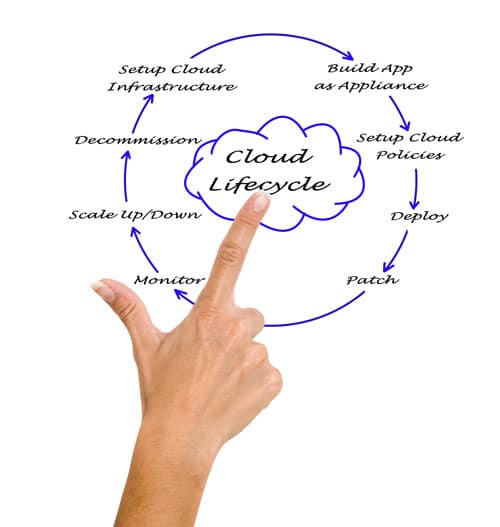Cloud software security and deployment has become more complex over the years. Businesses are increasingly migrating from on-premises (on-prem) software solutions to cloud software alternatives, revolutionizing how Managed Service Providers (MSPs) safeguard user data and manage applications. This transition not only enables businesses to leverage the benefits of scalability, flexibility, and cost-efficiency but also introduces a new set of security considerations and deployment strategies.
Understanding Cloud and On-Premises Software
On-Premises Software refers to applications that are installed and run on computers at the location of the organization using them. Traditionally favored for its direct control over security and data storage, on-prem solutions demand significant in-house management and infrastructure.
Cloud Software, on the other hand, embodies the principles of remote hosting and on-demand services. It offers real-time collaboration, anywhere data access, and automatic updates, facilitating a dynamic and flexible working environment.
On-Prem & Cloud Software Security Measures and Technical Compliance
Security and compliance are paramount in selecting a software solution. Historically, on-prem software was perceived as more secure due to its localized data storage and management. However, advancements in cloud software security technology has largely mitigated these concerns, offering robust security measures comparable to, if not exceeding, those of on-prem solutions.
Managed Service Providers (MSPs) must implement rigorous security protocols to protect data integrity, confidentiality, and availability while navigating a landscape of regulatory compliance and cybersecurity threats. Businesses must be counseled with on prem and cloud software security measures, along with understanding best practices to ensure their data is protected.
Cloud Security has evolved to offer advanced encryption, regular security updates, and comprehensive compliance with industry regulations, all managed by a managed service provider. This offloads the burden of security management from businesses to MSPs who employ cutting-edge technology and specialized expertise to protect data against emerging cyber threats.
SaaS vendors apply the latest technology to protect client data (and their own reputation). MSPs often provides autoscaling capabilities to adjust resources in real time to meet increases or decreases in employee count or workload demands. This can significantly reduce costs and deploy resources efficiently on demand.
On-Premises Challenges include the need for businesses to develop their own security protocols and stay abreast of software updates and technical compliance, often without the necessary internal resources.
Software Deployment and Management
Effective deployment and management are crucial for both on-prem and cloud software, requiring continuous monitoring, optimization, and strategic planning. Strategies of deploying without management or oversight can be costly and create security holes.
Cloud Deployment offers unparalleled scalability and cost management, allowing businesses to adjust resources seamlessly in response to demand fluctuations without significant capital investment. This flexibility, coupled with lower initial costs, makes cloud solutions increasingly attractive.

On-Premises Deployment, while offering greater control, incurs higher upfront and maintenance costs, demanding substantial investment in IT infrastructure and personnel.
On-Prem & Cloud Software Security & Deployment Key Takeaways
- Security and Compliance: Both cloud and on-premises software have matured to offer robust security measures. The choice between them should consider the specific security needs, regulatory compliance, and internal capabilities of the business.
- Cost and Scalability: Cloud software typically presents a more cost-effective model with its pay-as-you-go structure and minimal upfront investment, especially appealing for businesses seeking scalability and flexibility.
- Management: While cloud solutions reduce the burden of continuous monitoring and optimization on businesses, on-premises software can sometimes offer more control at the cost of increased management responsibility.
- Oversight: Unless your software requires rare expertise, it is better to utilize an outsourced MSP with cybersecurity experts and specialists who stay ahead of emerging software trends.
As businesses continue to navigate the complexities of digital transformation, understanding these key aspects of on-premises and cloud software security and deployment becomes essential in making informed decisions that align with strategic objectives and operational capabilities.



